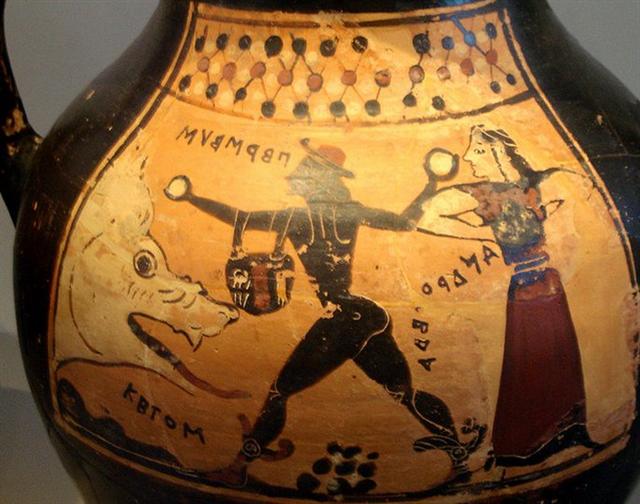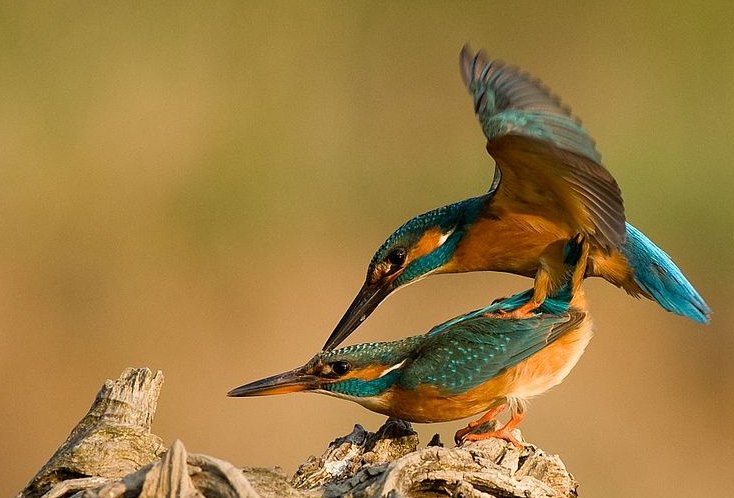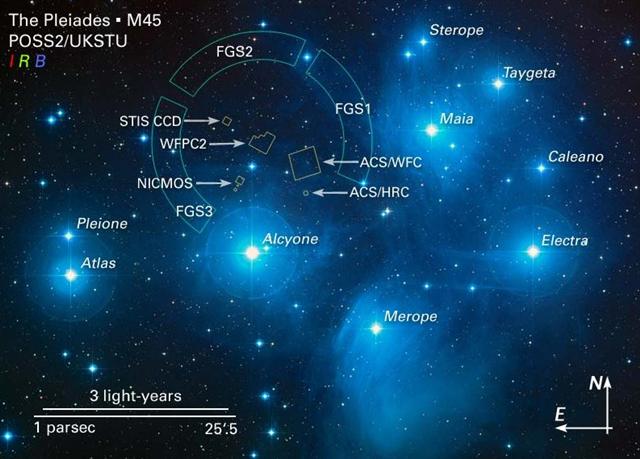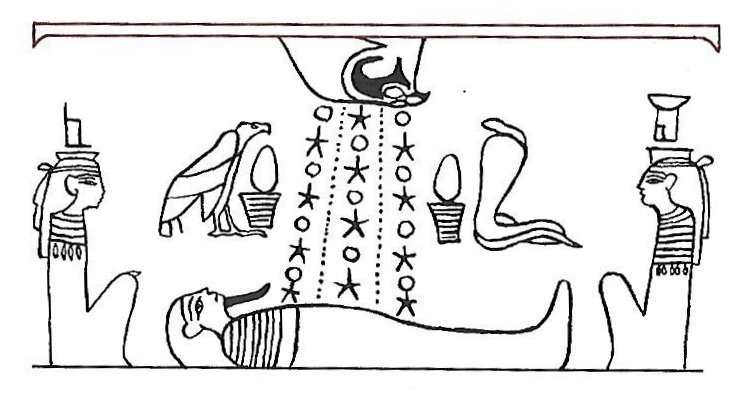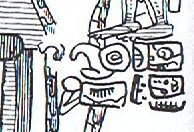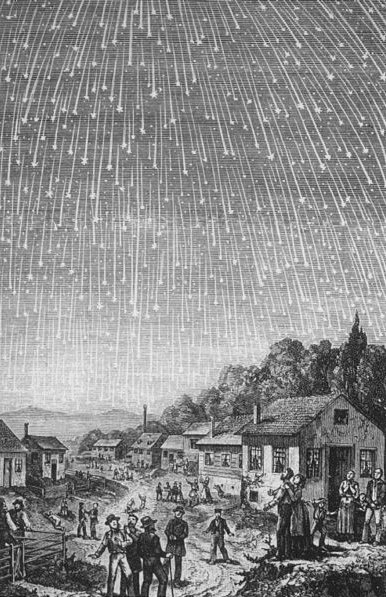40. There are 24 glyphs in line Cb1 and only 5 days from there to the Pleiades star cluster close to the Full Moon - i.e. to the place which down on Easter Island would have corresponded to heliacal Pleiades (Tau-ono, Six 'Stones') up in the north:
... another Alcyone, daughter of Pleione, 'Queen of Sailing', by the oak-hero Atlas, was the mystical leader of the seven Pleiads. The heliacal rising of the Pleiads in May marked the beginning of the navigational year; their setting marked its end when (as Pliny notices in a passage about the halcyon) a remarkably cold North wind blows ...
... As soon as one has mastered the elementary grammar and accidence of myth, and built up a small vocabulary, and learned to distinguish seasonal myths from historical and iconotropic myths, one is surprised how close to the surface lie the explanations, lost since pre-Homeric times, of legends that are still religiously conserved as part of our European cultural inheritance. For example, the various legends of the halcyon, or kingfisher which like the wren, is associated in Greek myth with the winter solstice. There were fourteen 'halcyon days' in every year, seven of which fell before the winter solstice, seven after, peaceful days when the sea was smooth as a pond and the hen-halcyon built a floating nest and hatched out her young. According to Plutarch and Aelian, she had another habit, of carrying her dead mate on her back over the sea and mourning him with a peculiarly plaintive cry. The number fourteen is a moon-number, the days of the lucky first half of the month; so the legend (which has no foundation in natural history, because the halcyon does not build a nest at all but lays its eggs in holes by the waterside) evidently refers to the birth of the new sacred king, at the winter solstice - after his mother, the Moon-goddess, has conveyed the old king's corpse to a sepulchral island. Naturally, the winter solstice does not always coincide with the same phase of the moon, so 'every year' must be understood as 'every Great Year', at the close of which solar and lunar time were roughly syncronized and the sacred king's term ended ... Pliny, who carefully describes the halcyon's alleged nest - apparently the zo÷phyte called halcyoneum by Linnaeus - reports that the halcyon is rarely seen and then only at the winter and summer solstices and at the setting of the Pleiades. This proves her to have originally been a manifestation of the Moon-goddess who was worshipped at the two solstices as the Goddess of alternatively Life-in-Death and Death-in-Life - and who early in November, when the Pleiades set, sent the sacred king his summons to death ...
M45 (Messier's catalogue object number 45) was surely placed there because May 15 was 45 days after 0h. ... We can perceive the gap in Cb2-6 as an illustration of the gap here forced upon between the upside down sky bowl (right) and the world below - receiving the benefits of rain and beams from the Sun. South of the equator November was a spring month corresponding to May in the north.
... The four males and the four females were couples in consequence of their lower, i.e. of their sexual parts. The four males were man and woman, and the four females were woman and man. In the case of the males it was the man, and in the case of the females it was the woman, who played the dominant role. They coupled and became pregnant each in him or herself, and so produced their offspring. But in the fullness of time an obscure instinct led the eldest of them towards the anthill which had been occupied by the Nummo. He wore on his head a head-dress and to protect him from the sun, the wooden bowl he used for his food. He put his two feet into the opening of the anthill, that is of the earth's womb, and sank in slowly as if for a parturition a tergo. The whole of him thus entered into the earth, and his head itself disappeared. But he left on the ground, as evidence of his passage into that world, the bowl which had caught on the edges of the opening. All that remained on the anthill was the round wooden bowl, still bearing traces of the food and the finger-prints of its vanished owner, symbol of his body and of his human nature, as, in the animal world, is the skin which a reptile has shed ... (Marcel Griaule, Conversations with Ogotemmŕli.) In essence the central element in Cb2-6 is a tapa mea (red light cloth) type of glyph with 8 'Tree Feathers', 4 of them p.m. ('males') and 4 of them a.m. ('females'):
... At Alcyone, we have seen, the sky dome was depicted high above the earth turtle (the central element in Cb2-6), and the feathery eye-lashes of Mother Earth were no longer oriented downwards - she had come alive again: ... Ta'aroa sat in his heaven above the earth and conjured forth gods with his words. When he shook off his red and yellow feathers they drifted down and became trees ... ... The first god's house in the temple was the body of Ta'aroa's own person, and it became a model for all other god's houses. One day Ta'aroa let himself go into a trance and his spirit stood away in space while his body floated in the sea, then he said to his daughters: 'Oh, girls! How many canoes are there at sea?' And the daughters replied: 'It is like one, it is like one!' Then Ta'aroa's spirit said: 'Who can it be?' And they answered: 'It is thyself assuredly!' ... The element at right in Cb2-6, separated from that at left, is in principle of the marama (moon crescent) type, but as observed from the tropical belt the moon crescent looks like a canoe oriented horizontally, sailing on the dome of the night sky. Here, however, we get the impression that the right side element could be the sky dome itself ('thyself assuredly'), designed much like the Egyptian sky (pet, N1 in Gardiner's list):
The head of the Sun Falcon is here hovering above the dead body - like the Mayan turtle head above the dead Mother Earth in winter - and sending his 'red and yellow feathers' down to make life return.
|
||||||||||||||||||||||||||||||||||||||||||||||||||||||||||||||||||||||||||||||||||||||||||||||||||||||||||||||||||||||||||||||||||||||||||||||||||||||||||||||||||||||||


